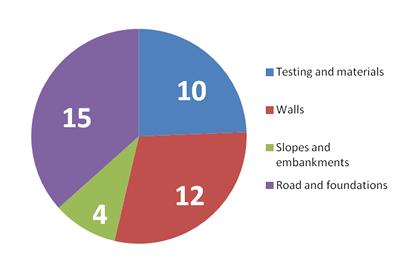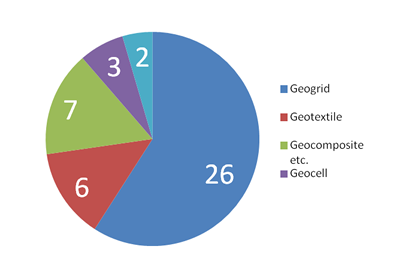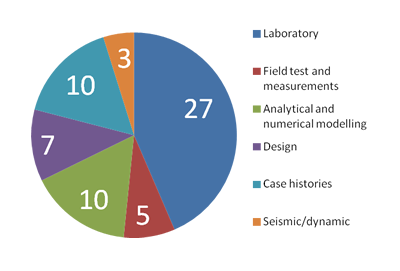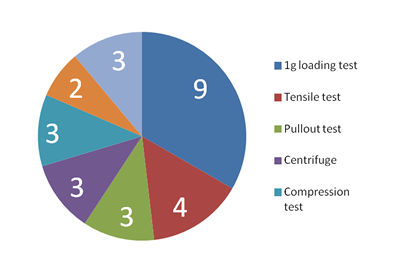
By Dr. Yoshihisa Miyata and Dr. Toshifumi Mukunoki – Soil reinforcement has been a significant geotechnical concept since the ancient era. The oldest example is the ziggurat, built by Babylonians 3000 years ago. The Great Wall of China, built more than 2000 years ago, is also a famous example of an old reinforced soil structure. Natural materials such as tree branches were the typical reinforcing material in the long-standing method of soil reinforcement. Terre Armee’s work that used steel strips as the reinforcing material led to the birth of modern soil reinforcement. In the 1970s in Europe, polymeric reinforcing materials with a grid shape (geogrids) were developed, giving rise to geosynthetic reinforced soil (GRS).
Asian countries have made remarkable progress in developing infrastructure in recent decades. Treating soft soils or utilizing marginal soils, soil reinforcement techniques, which were developed in Asia a long time ago, are often used as powerful solutions to achieving soil stability and structure.
When the 5th Asian Regional Conference on Geosynthetics (GeoAsia 2012) was held at Bangkok in December 2012, 42 papers from 18 different countries were published and presented by delegates.

The authors of this article summarize the trends of research on and challenges of geosynthetic reinforced soil applications in Asia, based upon those papers presented at GeoAsia 2012.
TREND SPOTTING
The reinforcement applications are addressed as:
- Testing and materials
- Retaining walls
- Slopes and embankments
- Road and foundations
Figure 1 shows the subject categories in the papers accepted to GeoAsia 2012. The greatest number of papers fall within the road and foundation category. Until recently, retaining walls had been the most active subject in all categories. Figure 1 indicates that the research trend has been changing remarkably.

The materials emphasized in the papers have been divided into the categories geogrid, geotextile, geocomposite, geocell and fibre (Figure 2). The greatest number of papers fell within the geogrid category. The ratio of geocomposite is almost same as geotextile, which is the most popular of geosynthetics. Figure 2 also indicates that a trend in geosynthetic material interests has occurred.
Figure 3 outlines the types of investigation:
- Laboratory test
- Field tests and measurement
- Design
- Case histories
- Seismic/dynamic.
The greatest number of papers falls within the “laboratory test” and “case histories” categories. Most of the research themes related to road and foundations included the performance of both laboratory testing and a case history to investigate the deformation/failure mechanism.
This fact may imply that common knowledge has not developed fully in these areas.

Figure 4 identifies the general laboratory test methods that were explored in the papers. In many papers on theme of road and foundations, a 1g loading test was performed; as such, this type of investigation has become significant. The 1g loading test is a simple approach; however, many technical notices should be required such as influence of boundary condition, selection of soil box size, and measuring method. For future developments, these testing methods might be standardized.
In summary, the following items should be recognized as the trends in the utilization and study of geosynthetics in Asia:
- Roads and foundations are hot topics
- Geocomposites have risen in popularity
- The accumulation of case histories is on-going and quite active
We must continue to pay attention to these developments in Asia.
Dr. Yoshihisa Miyata is Professor, National Defense Academy of Japan. Dr. Toshifumi Mukunoki is Associate Professor, Kumamoto University, Japan.












Distributor of Tensar geogrids. Would like to stay updated on new devolpments
Dear Mansoor,
If you have not already done so please go to the top right corner of the geosynthetica.net web site and enter your email address in the “Newsletter Sign-up” field. You will then receive the biweekly newsletter from geosynthetica!
Thanks for your interest.
Geosynthetica